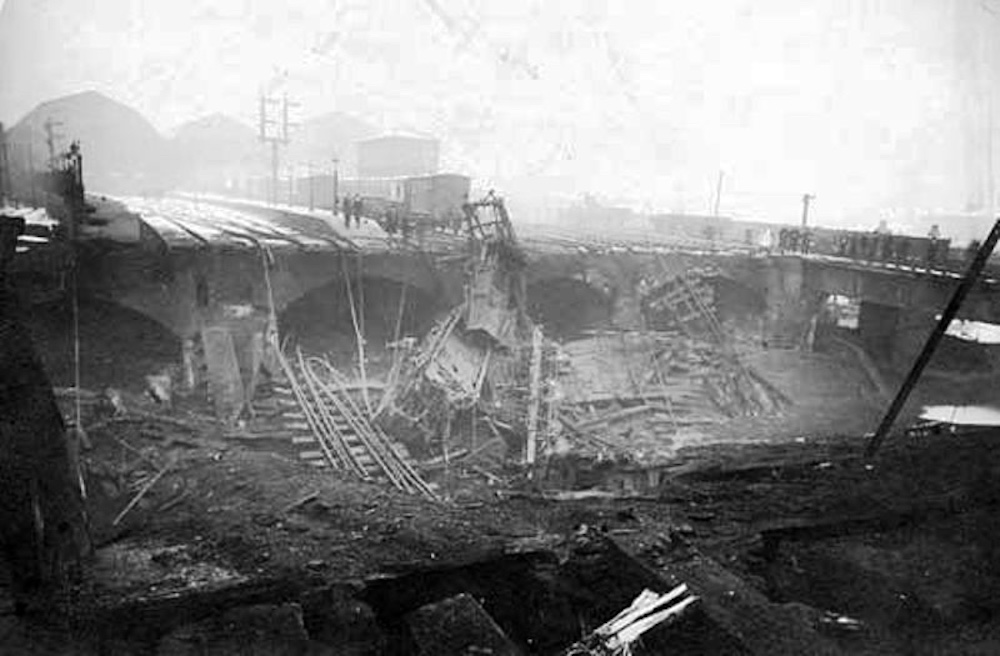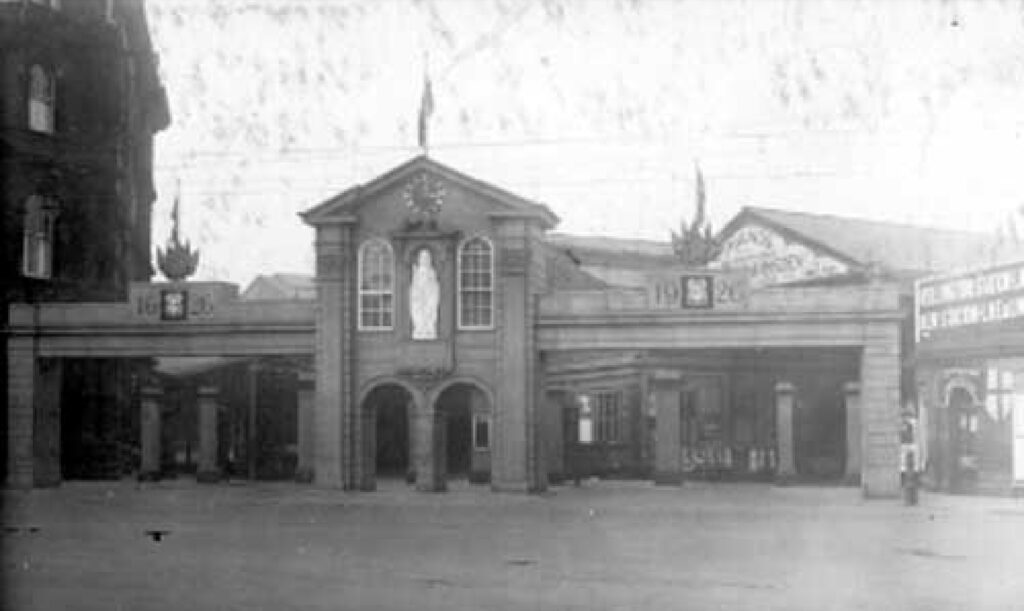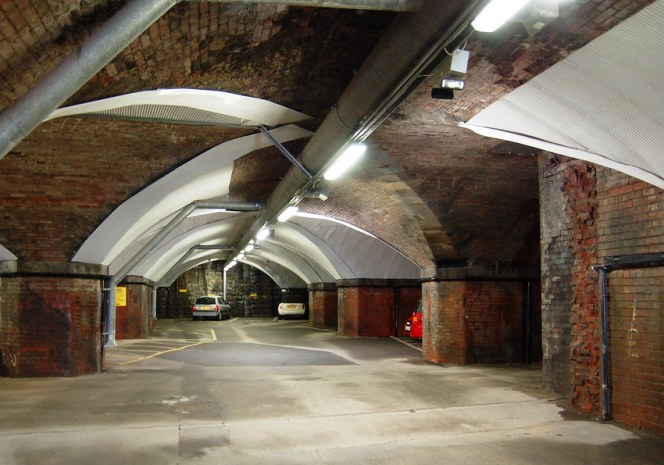
Leeds New Station was given Royal Assent in 1865 and it opened to traffic in 1869 and was situated off New Station Street and roughly occupied the area where Platforms 9 to 17 at the present station are situated.
This station was designed by Thomas Prosser the architect for the North Eastern Railway Company, the first to hold the position, and few would disagree with the comment of WW Tomlinson “that having no particular frontage, the station added nothing to the architectural embellishment of Leeds.”

The station was built on what became known, and still is, as the ‘Dark Arches’ and it is said that 18 million bricks were used in the construction. It is an impressive array of vaulting that spans the River Aire and an underground arm of the Leeds & Liverpool Canal while designed to carry railway tracks over them and the gaps under them were rented out by the railway companies as storage areas.
One of these areas was rented out to Joseph Watson & Sons, soap manufacturers, to use as a works and storage area. Stored in the vault was some 1,700 tons of resin, oils, spirits, and other combustible materials, all giving off toxic fumes.
In the foggy early morning hours of 13 January 1892 a fire broke out in the Watson warehouse. As far as can be ascertained the fire broke out in the arch furthest from the station entrance. Soon no less than five steam fire engines were pouring water on the burning arches. Burning tallow and oil running from the fire soon provided an additional source of danger.
The ferocity of the fire was so intense that it caused the supports holding up part of the station to give way causing an amount of track and most of Platfoms 1, 2, and 3, to collapse. A number of burning wagons were cut free from a line of carriages and shunted into the hole in a bid to halt the progress of the flames and reinforcements were brought in from the local area to help fight the fire.

Unfortunately there was one life lost, that of a fireman attached to the brigade of the Liverpool, London & Globe Insurance Company named James Schofield who lived in Beehive Yard, Vicar Lane. He perished when the portion of the platform on which he was working from gave way and he plunged into the flames from the warehouse below. There was no chance of rescuing him from the inferno. One of the lessons learned from this fire was that it was impossible to fight fires of this nature with just water and without chemical substances.
By first light on 14 January the scale of the damage was very clear – no trains could enter or leave New Station by the western exit as the bridge and all the tracks running over it had collapsed into the canal below. Even the tracks into Wellington Station at the side of New Station had been affected though it was possible for the Midland Railway to run trains over the main track with care; only the carriage lines and the shed had any appreciable damage.
Luckily both stations were unaffected structurally but services in and out of New Station had to be diverted to the Central Station further down Wellington Street, causing great inconvenience there, advantage being taken of a forty-odd year old running rights rule.
Within 10 days of the fire a large temporary bridge made from timber drawn from east coast merchants was erected and services to New Station had returned to virtual normality by 24 January. Apart from the unfortunate loss of the fireman the total financial cost of the fire seems to have been about £300,000.
While you’re here, can we ask a favour?
South Leeds Life is published by a not-for-profit social enterprise. We keep our costs as low as possible but we’ve been hit by increases in the print costs for our monthly newspaper – up 83% in the last 12 months.
Could you help support local community news by making a one off donation, or even better taking out a supporters subscription?
Donate here, or sign up for a subscription at bit.ly/SLLsubscribe


